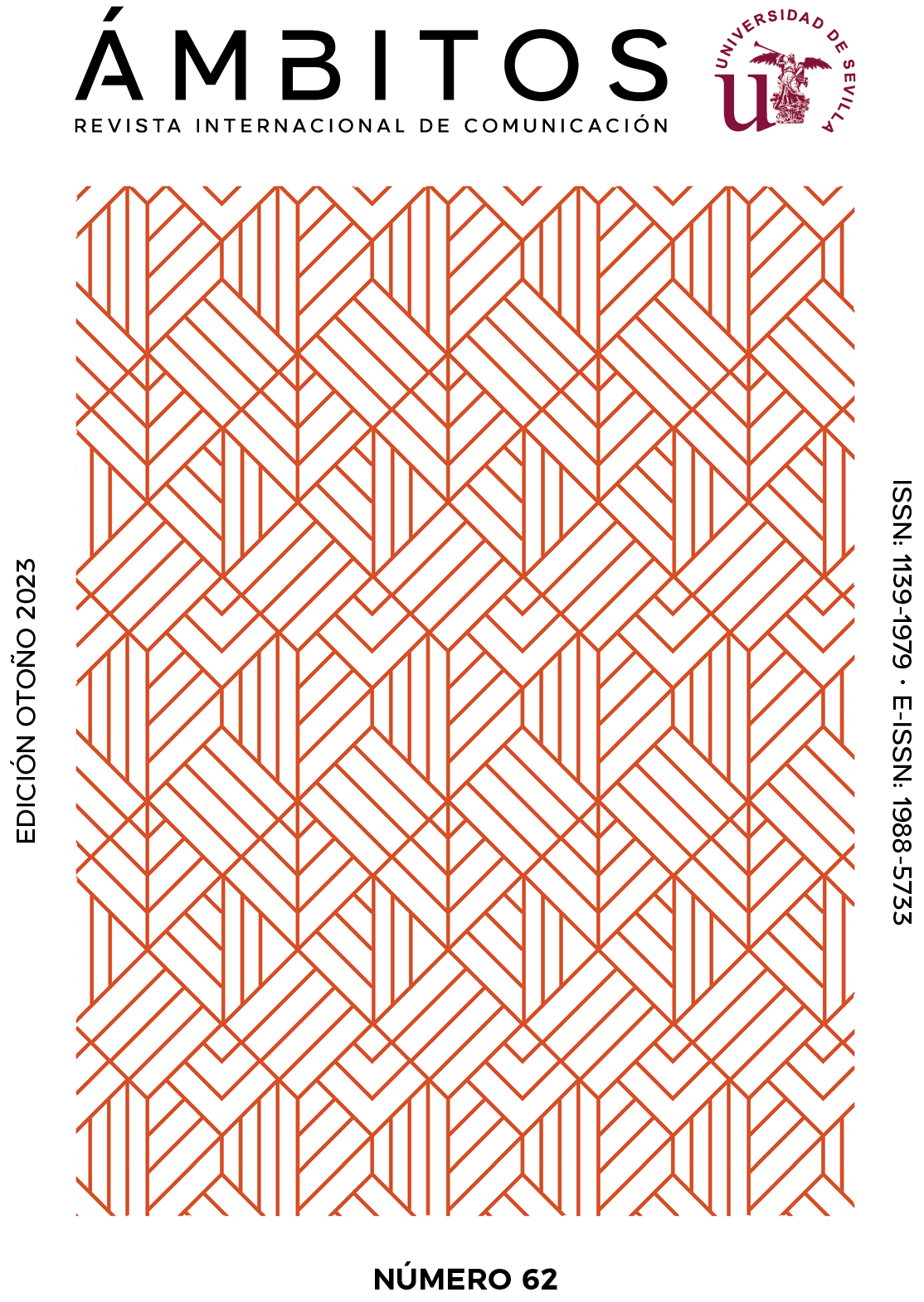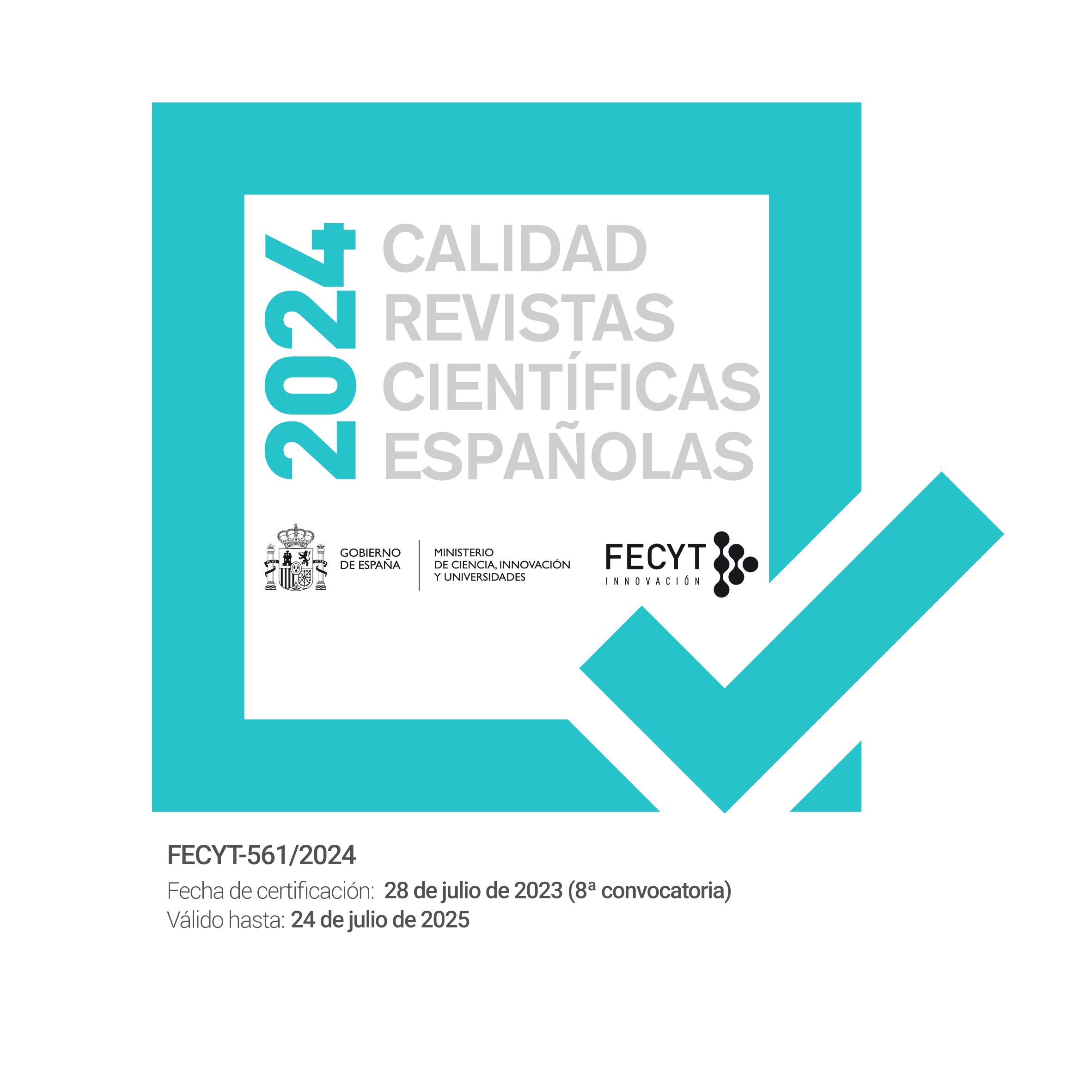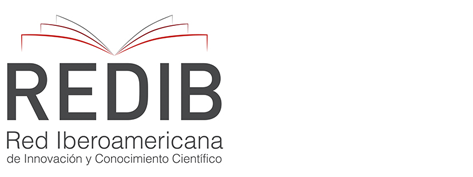Citizen evaluation of the informative attributes in traditional and digital media
DOI:
https://doi.org/10.12795/Ambitos.2023.i62.09Keywords:
crisis, journalism, mass media, internet, credibilityAbstract
Journalism in the last ten years has lost its essence of autonomy through the media with the Internet and the irruption of digital technology. That traditional work of coverage and the lack of interest in following the conventional media have been lost due to changes in the habits of the audiences that follow the news in digital media, ceasing to follow the routine of the media. This study examines the complexity that journalism in Chile currently experiences in its professional practice through traditional media and the loss of credibility that they have with the massive irruption of digital media. In the methodology, from a quantitative perspective, a descriptive study is carried out in which surveys are applied to people who follow media information to find out their perception of the current state of journalism in the Valparaíso Region, Chile. As a result of the technique carried out, the media at the traditional level were not well evaluated, their lack of credibility being the one that deteriorates the image of journalists. Multiple answers are obtained that allow us to think that, necessarily, journalism today has lost its roots in the rigor and use of sources where the deterioration of the information quality of journalistic products must be overcome where digital media are the most credible when following some journalistic information.
Downloads
Metrics
References
Aladro, V. (2013). Las teorías profesionales y las 5 crisis del periodismo. Cuadernos de Información y Comunicación, (18), 69-81. https://doi.org/10.5209/rev_CIYC.2013.v18.41716
Baltra, L. (2012). La prensa chilena en la encrucijada. Entre la voz monocorde y la revolución digital. Lom Ediciones.
Biblioteca Congreso Nacional de Chile (s. f.). Información Territorial. Región de Valparaíso. Chile nuestro país. https://www.bcn.cl/siit/nuestropais/region5
Bustos, J. C., & Casado, M. (2010). Sobre pago y gratuidad. Momentos de crisis en la industria periodística. Telos. Cuadernos de la Comunicación e Innovación, (83), 24-35. Fundación Telefónica.
Carlón, M. (2012). Una reflexión sobre los debates Anglosajón y Latinoamericano sobre el fin de la Televisión. En G. Orozco (Coord.), TVMorfosis. La televisión abierta hacia la sociedad de redes (pp. 41-60). Universidad de Guadalajara.
Chan, J. M., Lee, F. L. F., & Pan, Z. (2006). Online news meets established journalism: How China’s journalists evaluate the credibility of news websites. New Media & Society, 8(6), 925-947. https://doi.org/10.1177/1461444806069649
Del Valle Rojas, C., Mellado Ruiz, C., Salinas, P., & González, G. (2011). La concentración de la propiedad de los medios de comunicación en Chile: De la propiedad al mercado de la publicidad: Los desafíos pendientes. SAPIENS, 12(1), 44-58. https://acortar.link/MSew58
Del Hoyo Hurtado, M., García-Galera, M. C., & Blanco-Alfonso, I. (2020). Desinformación y erosión de la credibilidad periodística en el contexto de las noticias falsas, Estudio de caso. Estudios sobre el Mensaje Periodístico, 26(4), 1399-1409. https://doi.org/10.5209/esmp.70238
Figueroa, N. (2019). Presidente del sindicato de Radio Bío Bío tras despidos de trabajadores: “Es abiertamente una represalia”. El Desconcierto. https://n9.cl/embgm
Goode, L. (2009). Social news, citizen journalism and democracy. New Media & Society, 11(8), 1287-1305. https://doi.org/10.1177/1461444809341393
González Esteban, J. L. (2009). Modelos de periodismo local y estrategias ante la crisis: El caso del News & Observer. Revista Latina De Comunicación Social, (64), 151-160. https://doi.org/10.4185/151-160
Gómez, J., Gutiérrez, J., & Palau, D. (2013). La calidad periodística. Teorías, investigaciones y sugerencias profesionales. Edición Universidad Autónoma de Barcelona; Universitat Jauma I; Universitat Pompeu Fabra y Universitat de Valencia.
Herrscher, R. (2019). Chile despertó, es momento de que despierte el periodismo. The New York Times. https://acortar.link/KS9Kqg
Herrera, P., Aguilera, P., & Echegoyen, M. (2020). Despidos y precariedad laboral: los datos tras la profunda crisis de los medios de comunicación en Chile. Puroperidismo. https://acortar.link/agKQno
Ireton, C., & Posetti, J. (2018). Journalism, fake news & disinformation: handbook for journalism education and training. UNESCO. https://digitallibrary.un.org/record/1641987?ln=es
La Torre, L., & Téramo, Mª. T. (2005). Medición de la calidad periodística: La información y su público. Doxa Comunicación: revista interdisciplinar de estudios de comunicación y ciencias sociales, (3), 173-185. http://hdl.handle.net/10637/5969
McChesney, R. W. (2013). Aquello es ahora y esto fue entonces: Walter Lippman y la crisis del periodismo. CIC. Cuadernos de Información y Comunicación, (18), 39-49. https://doi.org/10.5209/rev_CIYC.2013.v18.41713
Montagut, A. (2021). Reset. Cómo concluir la revolución digital del periodismo. Galaxia Gutenberg.
Reig, R. (2015). Crisis del sistema, crisis del periodismo. Contexto estructural y deseos de cambio. Gedisa.
Zorrilla, O. (2020). La prensa en estado de rebelión ciudadana: Carta del Colegio de Periodistas a la sociedad chilena. El Desconcierto. https://acortar.link/xSx6OM
Downloads
Published
How to Cite
Issue
Section
License
Copyright (c) 2023 Miguel Alejandro Chamorro Maldonado, Nicolle Orellana, Mauricio Casimiro Rojas

This work is licensed under a Creative Commons Attribution-NonCommercial-ShareAlike 4.0 International License.
Ámbitos. Revista Internacional de Comunicación is an open access journal, which means that all content is freely available at no charge to the user or their institution. Users may read, download, copy, distribute, distribute, print, search or link to the full text of articles, or use them for any other lawful purpose, without seeking prior permission from the publisher or author. This definition of open access is in accordance with the Budapest Open Access Initiative (BOAI).

Unless otherwise noted, all content in the electronic edition is distributed under a "Creative Commons Attribution-NonCommercial-ShareAlike 4.0 International License". You can consult the informative version and legal text of the licence here. This should be expressly stated in this way where necessary.
In case of acceptance of the manuscript, the authors cede the rights of the work for its publication to Ámbitos. Revista Internacional de Comunicación under the Attribution-NonCommercial-ShareAlike 4.0 International license contract (CC BY-NC-SA 4.0). The authors retain copyright and third parties are authorised to copy, distribute and make use of the work, provided they comply with the terms and conditions set out in the licence
- Cite the authorship and the original source of publication (journal, publisher and URL of the work).
- Do not use them for commercial purposes.
- If you remix, transform or create from the material, you must release your contributions under the same license as the original.
More information can be found at https://creativecommons.org/licenses/by-nc-sa/4.0/deed.es
- Abstract 158
- PDF (Español (España)) 74
- XML (Español (España)) 4


















